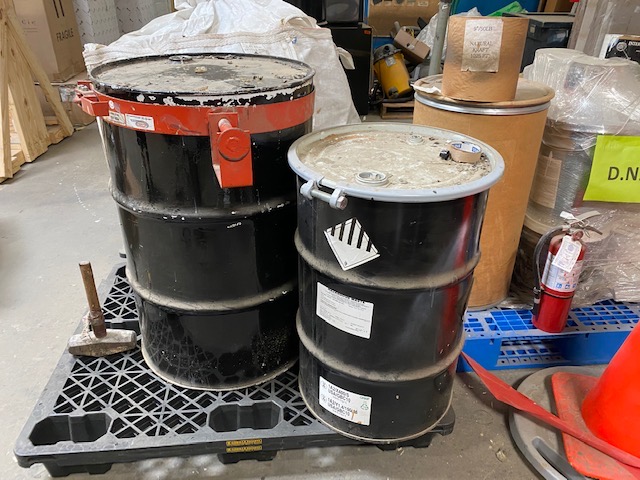




If you’re looking into how hazardous 55-gallon drums of contaminated chemicals should be handled or disposed of, here’s an overview of what such a process typically involves:
1. Identification and Classification:
• The specific chemicals and the nature of the contamination must be identified. Each chemical is classified according to EPA (or equivalent regulatory body) guidelines to determine its level of hazard.
2. Labeling:
• Each drum must be labeled clearly with the type of waste it contains, including hazard symbols and associated risks.
3. Proper Storage:
• Hazardous waste drums should be stored in compliance with OSHA and EPA regulations to prevent leaks, spills, and contamination. They must also be stored on impervious surfaces with secondary containment to catch leaks.
4. Transportation:
• The drums should be transported by a certified hazardous waste transporter. The transportation must comply with Department of Transportation (DOT) regulations for hazardous materials.
5. Disposal or Treatment:
• Depending on the waste, it might be treated (e.g., neutralized, incinerated, or recycled) or disposed of in a permitted hazardous waste landfill.
EwasteDisposal Inc. Properly and legally disposes of hazardous chemicals, it could lead to severe environmental and legal consequences under hazardous waste management regulations (such as the U.S. Resource Conservation and Recovery Act, or RCRA).
If you’re investigating or reporting improper disposal, consider contacting regulatory authorities like the EPA or your local environmental protection agency.
Let me know if you’d like assistance with specific details, regulations, or reporting channels.
